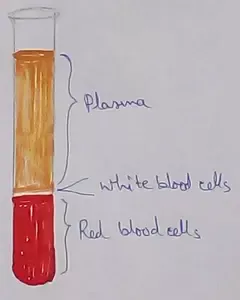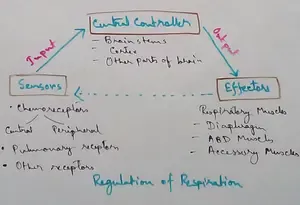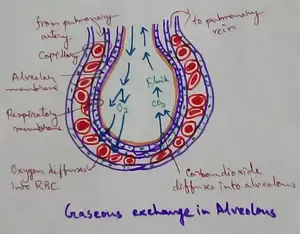Essay on Subhash Chandra Bose
Netaji Subhash Chandra Bose was a man strong, courageous and fiercely principled. In the struggle for India’s freedom, if Mahatma Gandhi stood at one end of the spectrum who advocated peace and non-violence to attain independence, Bose stood along with his Indian National Army at the other end who believed that freedom is not meant to be begged for, it is won.
At great peril to his own life and safety, this man played a prominent part in the Indian revolutionary movement and mobilized an army which shook the shackles of the British government and forced them to re-consider the Indian government’s plea to allow them complete autonomy in the India sub-continent.
Born in January 23, 1897 in Cuttack, Orissa to a wealthy Bengali lawyer, Bose had an illustrious educational career in Presidency College, Calcutta where he was expelled on account of his political activism and later on in Scottish Church College, from where he graduated. He was one of the rare Indians who passed the reputed Indian Civil Service Exam, held in England but soon resigned his candidature in response to the need of the hour to jump headlong into Indian politics and not be a bystander.
Bose started his active career in Indian National Congress in the company of Chittranjan Das, where he soon became a youth educator, journalist and commandant of the Bengal Congress volunteers. Soon after he was deported to Burma, Myanmar for his suspicious involvement in revolutionary undertakings. In 1927, he was reinstated as the President of the Bengal Congress on his return and Bose became the face of the more militant, left-owing faction of the party, Vis-a Vis Gandhi and his protégé Jawaharlal Nehru.
By 1930, Bose had been in and out of imprisonment several times and on account of his ill-health, he had to take a forced exile to Europe, where he wrote the book ‘The Indian Struggle 1920-1934’.
Back in India, he became vociferously critical of Gandhi’s appeasement methodology and advocated for a more confrontational approach to tackle the British. In 1938 and 1939 he vindicated himself by winning the prestigious set against Gandhi led opponent , but the lack of support from Gandhi and his followers led him to resign and form the ‘Forward Bloc’ The British government put him in house arrest. He made his escape in disguise and reached Germany via Kabul and tried to convince the united alliance of Japan and Germany to put up a combined front against the British Empire. Azad Hind Fauj or Indian National Army thus came into being on the Singaporean soil in 1943, comprising of former Indian prisoners of war. The front reached the Indian soil by 1944 but the utter loss of Japan and Germany in World War II cast its pall on Netaji’s plans. He was declared dead in Aug 18, 1945 in a suspicious air crash though his death till date, remains the greatest Indian political controversy.
He was one of the most charismatic, ingenuous and dynamic leader that India had ever seen and 23rd January is declared as a National Holiday in the country as a tribute to the contribution of this man.
From Essay on Subhash Chandra Bose to HOME PAGE
Recent Articles
-
What Is Plasma? | Blood Plasma | Proteins | Nutrients | Cholesterol
Nov 07, 25 10:29 AM
Blood is a mobile fluid which is a connective tissue and is derived from the mesoderm like cell any other connective tissue. Colour of blood is reddish and that flows inside the blood vessels by means… -
Disorders of Respiratory System | Tuberculosis | Pleurisy | Emphysema
Oct 28, 25 11:39 PM
Tuberculosis is very common disease and is caused by a type of bacteria called Mycobacterium tuberculosis. This disease causes different trouble in the respiration and infection of several parts of th… -
Regulation of Respiration | Respiratory Centres | Inspiratory Area |
Oct 14, 25 12:13 AM
Respiratory Centre is the area that controls the rate of respiration and it is observed to be located in medulla oblongata and pons. Respiratory Centre has the following will dispersed components like… -
Explain Transport of Gases | External Respiration | Tissue Respiration
Oct 09, 25 11:35 PM
In humans gaseous exchange is completed in the following ways the steps are - External Respiration or Breathing - Breathing in false taking in of Oxygen and giving out of carbon dioxide in the body. M… -
Kind and Number of Teeth | Location of Teeth in Mouth | Care of Teeth
Sep 11, 25 12:52 AM
Kind and Number of Teeth





New! Comments
Have your say about what you just read! Leave me a comment in the box below.